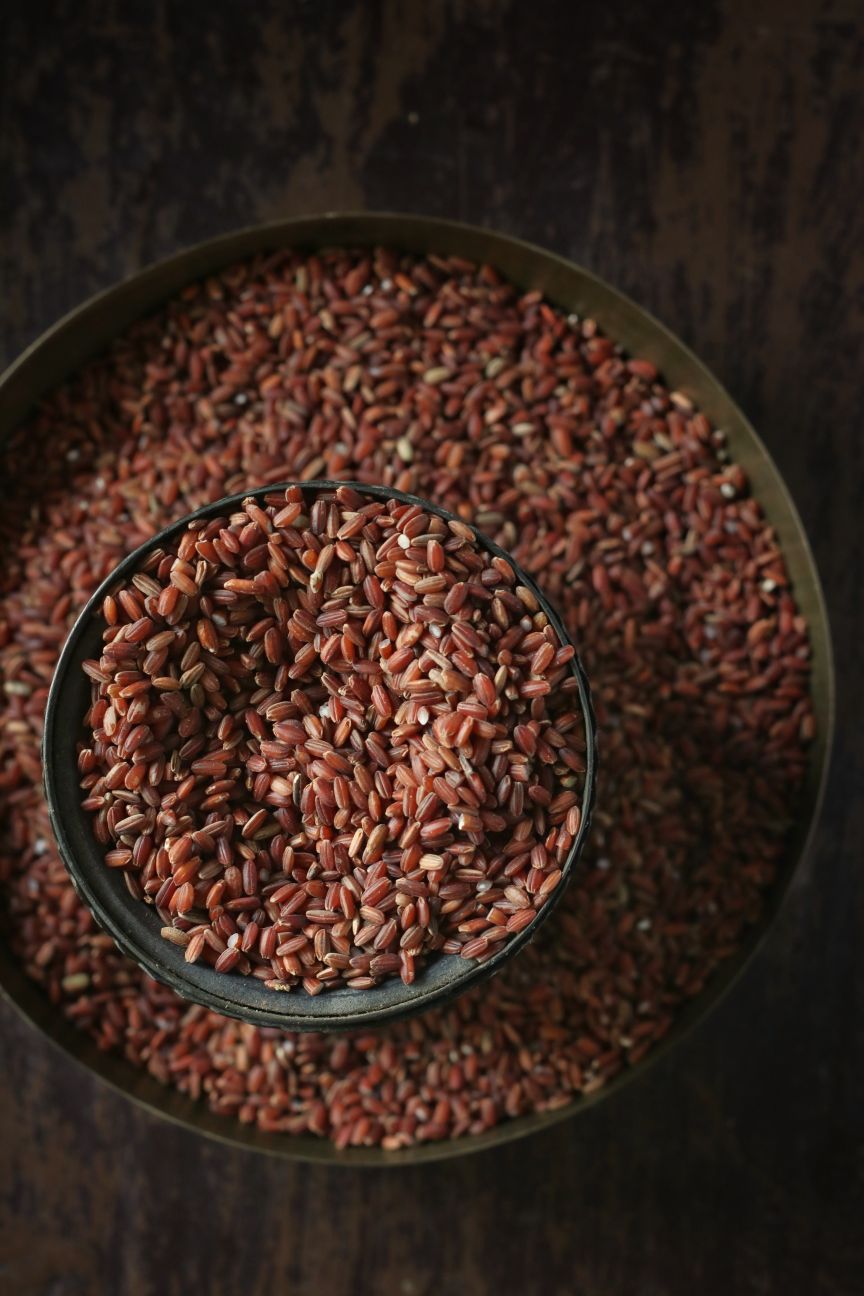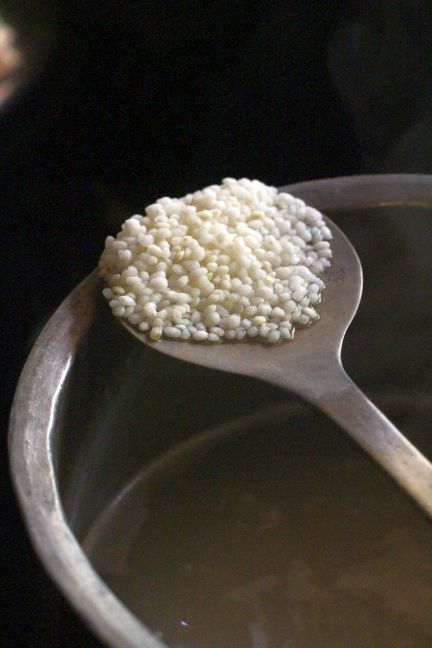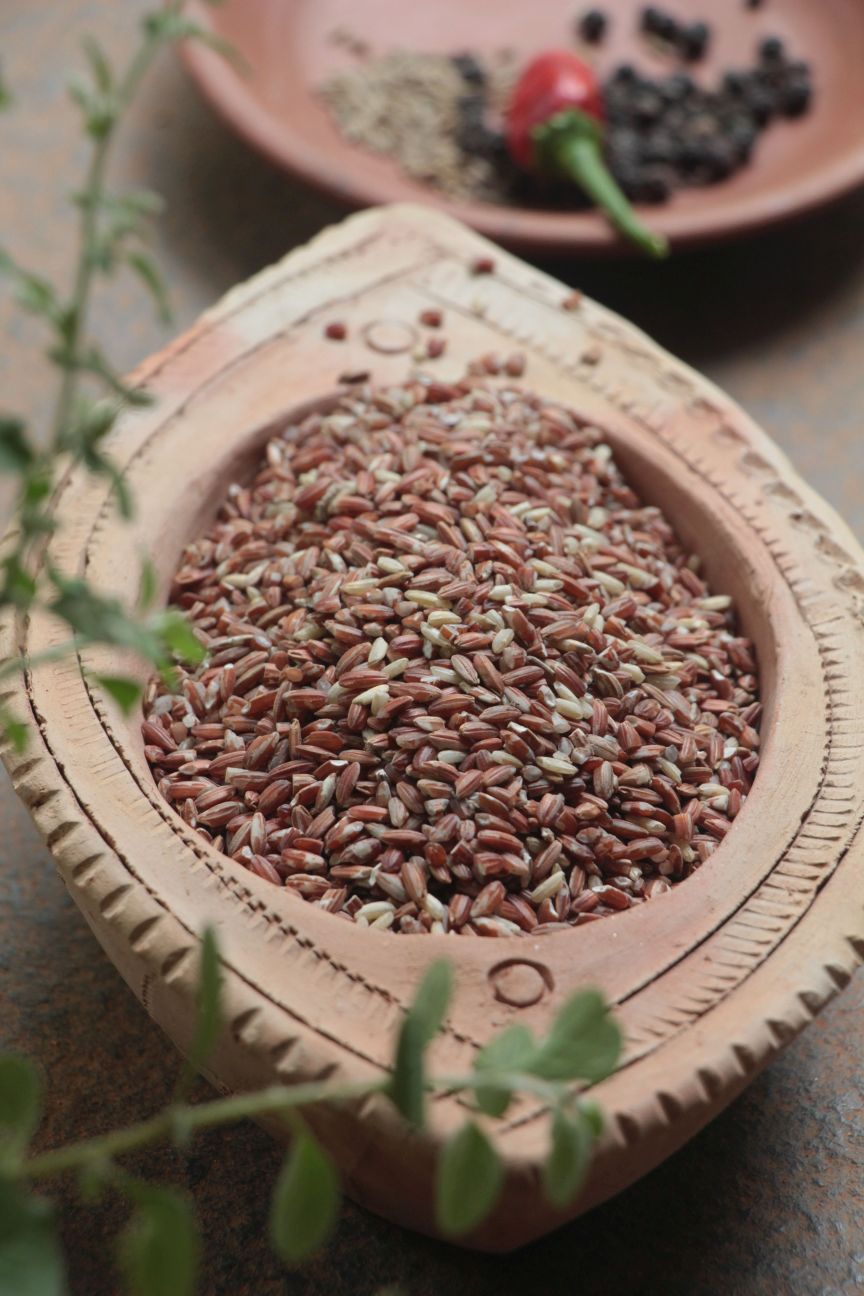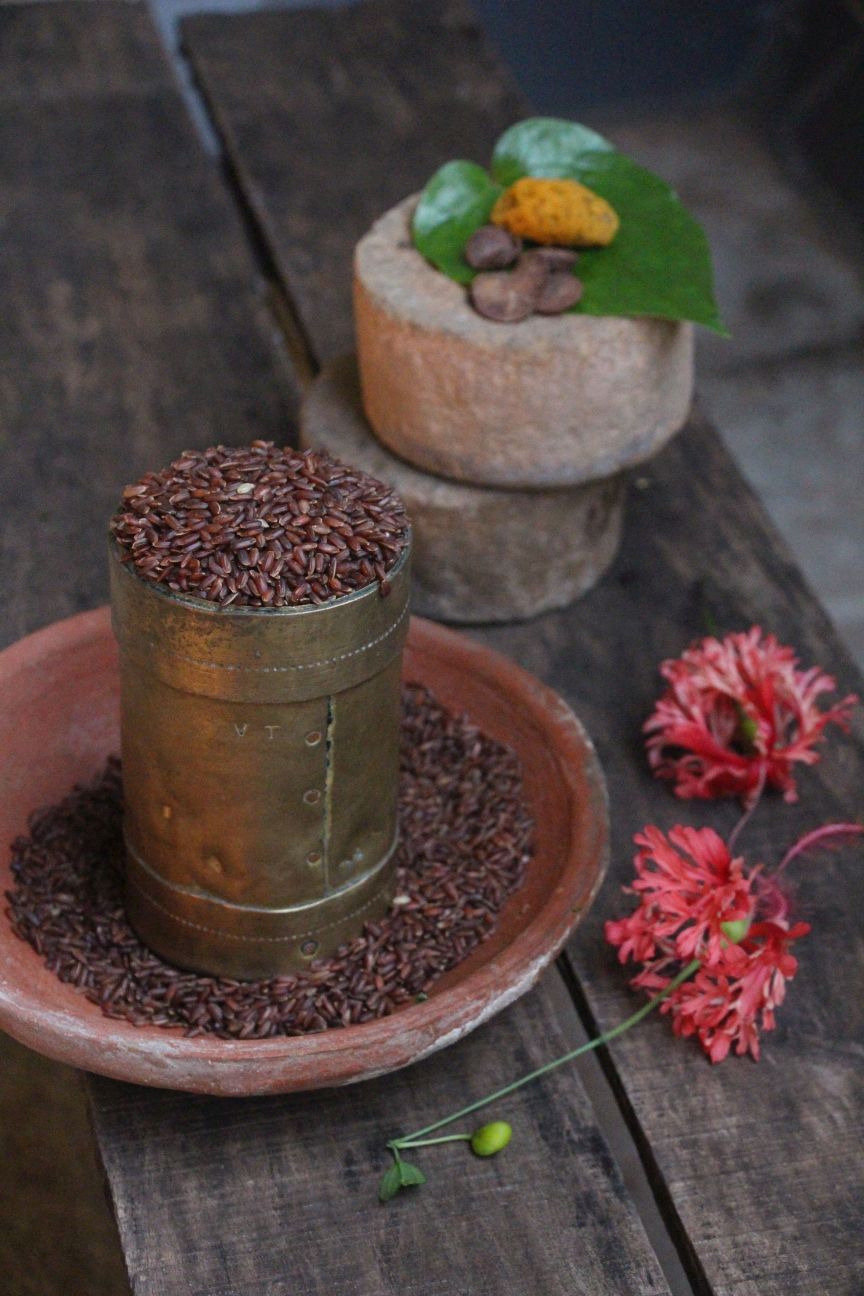
WHAT IS SHĀLIKŪṬA?
Śāli (शालि) is a Sanskrit word for rice, identified and variously described by Caraka, Suśruta, and Vāgbhaṭa, that Vriddha-trayi or “Great trinity” of Ayurveda. It is both a type of winter-ripening rice, sweet, cold, light for digestion, strength giving, and a word for rice as such: śālivarga refers specifically to prized and preferred winter rice, and generally to all rice varieties. Śālikūṭa is literally a ‘heap of rice,’ a granary. Likewise, this project seeks to fill a granary of all our traditional knowledge about rice cultures in India.
India was once home to a hundred thousand such rice varieties, each one a local cultivar–carefully and painstakingly grown to maintain the desired characteristics of aroma or nutritional value, season upon season. We have only about 6000 of these now, are fast-losing the scientific temperament that once characterized our native production methods. We need now more than ever to continue to grow, buy, cook, eat, educate ourselves on our incredible and unique heritage rices and above all appreciate what our actions mean for the preservation of older lifeways and grain biodiversity in India.
Shalikuta’s goal is to build a rich repository of facts, stories, cultural and scientific insights and recipes–to restore our connections to growers and the natural worlds of farming, and to bring India’s heritage rice alive on each of our plates.
OUR DREAM
The Shalikuta Project
•















